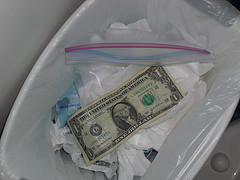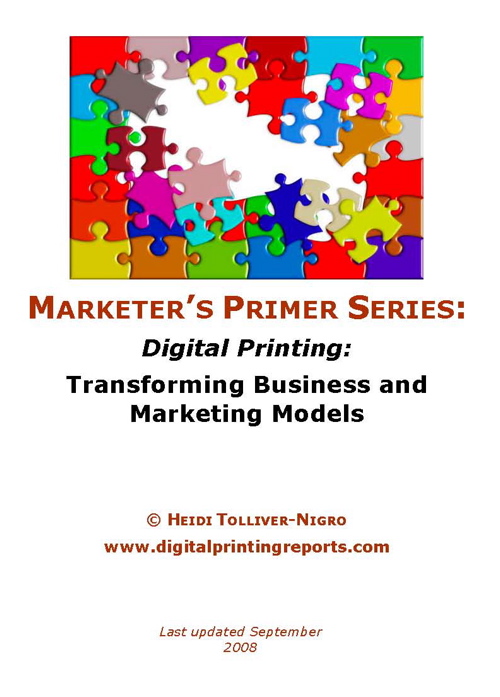 A guest post by Gregory Krauss of Brilliant Earth, a brand The Inspired Economist loves. Brilliant Earth is a purveyor of socially responsible, conflict free jewelry
A guest post by Gregory Krauss of Brilliant Earth, a brand The Inspired Economist loves. Brilliant Earth is a purveyor of socially responsible, conflict free jewelry
With today being Valentine’s Day, one of the most popular days of the year for marriage proposals, Inspired Economist asked us to take a closer look at how socially-conscious consumers are faring in the search for that classic symbol of love and commitment: the diamond engagement ring.
Almost every engagement ring has two main components: a setting, usually made of gold or platinum, and a center gem, usually a diamond. Now suppose you were about to buy a diamond engagement ring and wanted to be sure that every component came from ethical sources. How would you check? And would you be able to find out?
Unless you chose a jeweler that makes a point of offering jewelry that is traceable to its source – our company, Brilliant Earth, is one of them – you’d probably be out of luck. Most jewelers today do not know where their diamonds come from. Nor do they know where the gold or platinum in their rings is mined. Although diamonds are prized for clarity, and even scrutinized by expert gemologists for the slightest blemish, the supply chain for diamond engagement rings is, remarkably, almost totally opaque.
This lack of transparency presents a dilemma for the most ethically-minded consumers, not to mention those who simply want a ring they can be proud to wear. Although some of the worst blood diamond wars are now over, diamond mining today is still beset by spasms of violence and inhumane working conditions. Mining for precious metals, especially gold, is no less problematic. A surge in gold mining caused by rising gold prices is wreaking environmental havoc throughout the world. Gold and other precious metals are also helping to fuel a brutal civil war in the Democratic Republic of Congo.
What concerned consumers can do
We believe that one of the smartest ways to address these problems, and to raise ethical standards in jewelry production, would be to make the jewelry supply chain more transparent. If more consumers had the ability to choose jewelry from ethical sources, many more would. Consumers would benefit from more choice. And pressure would build for the jewelry industry to disassociate itself from violence and raise labor and environmental standards.
The good news is that the cloudiness hanging over the jewelry supply chain may be starting to clear up – at least for precious metals. A new certification system for gold and platinum, launched in 2012 by an industry coalition called the Responsible Jewellery Council (RJC), creates a mechanism for tracing how gold and platinum moves through the supply chain. Another very promising initiative, a fair trade gold certification system, made its debut in 2010. Although it’s too early to say whether these initiatives will be effective, they presently look like very positive steps forward.
Unfortunately, the same can’t yet be said for diamonds. This article continues…







Hi ,
Just Finish this blog, I have to say I’m a huge Fan of your blog, SO I linked out to you on my website.[https://www.gehnajewelry.com/].
.
Cheers,
.
Gehna Jewelry
P.S If You share my website on your Favorite Social Network it will make my day
https://uploads.disquscdn.com/images/a1f8c172e5f4d21a54c4141025c4159e552b884ba298ccc6fe5ab19fa7934b19.jpg https://uploads.disquscdn.com/images/8800dd29860bdacf87a3e51cff42c7d006d6e7b07de8a7363ca3c97c75de13da.jpg